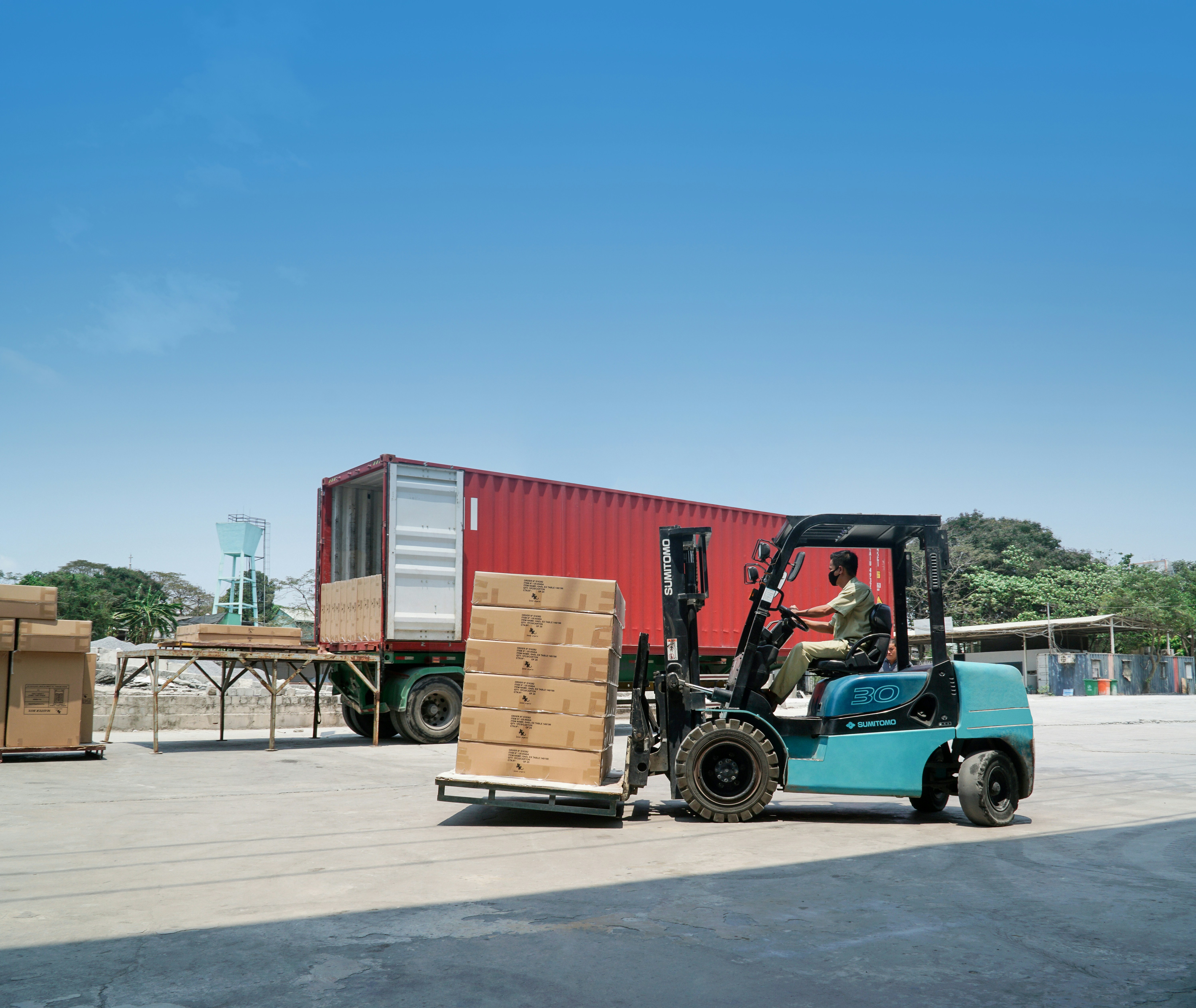How to create an MSDS: A practical guide with step-by-step instructions, examples, and common mistakes
Learn the importance of an MSDS for shipping hazardous goods. Understand how to create and review an MSDS, avoid common mistakes, and ensure safe, compliant international shipping for your products.


Understanding the role of an MSDS in international shipping
An MSDS (Material Safety Data Sheet), also known as SDS (Safety Data Sheet), is a vital document that provides detailed information about the properties of a hazardous material. It helps businesses and shipping companies understand the risks involved in handling, storing, and transporting dangerous goods.
In international shipping, the MSDS plays a key role in ensuring that hazardous materials are transported safely and comply with regulatory requirements. Whether you’re shipping chemicals, pharmaceuticals, or other hazardous goods, an MSDS is often required for customs clearance and safe handling. Without this document, your shipment could face delays, fines, or even be prohibited from entering the destination country.
Why is an MSDS important for international shipping?
Risk management and safety
- The MSDS contains detailed safety information, including potential hazards, handling instructions, and emergency procedures. This helps carriers and workers take the necessary precautions to safely transport dangerous goods.
- Example: A shipment containing flammable liquids like ethanol would require a specific MSDS detailing the proper handling instructions to prevent accidents during transport.
Compliance with regulations
- Different countries have specific regulations for shipping hazardous materials. The MSDS ensures that your shipment complies with local and international rules, such as those from the International Maritime Dangerous Goods (IMDG) Code or European ADR regulations.
- Example: In the EU, a company importing dangerous chemicals must include an MSDS to confirm that the products meet the classification and labeling requirements for transportation.
Customs clearance
- Customs authorities rely on the MSDS to assess the contents of a shipment, ensuring that hazardous materials are declared correctly. Without it, shipments could be delayed or rejected at customs.
- Example: When importing hazardous chemicals into the US, the MSDS is required to classify the material and ensure it is properly handled according to the Department of Transportation (DOT) guidelines.
Emergency preparedness
- In case of accidents such as spills, leaks, or fires, the MSDS provides emergency responders with essential information, including the material's properties, health hazards, and first-aid measures.
- Example: An MSDS for a shipment of corrosive chemicals would outline the steps to take if a spill occurs, including specific PPE (Personal Protective Equipment) and neutralizing agents.
Key components of an MSDS
- Identification
- The first section includes the product name, supplier information, and emergency contact details.
- Example: “Ethanol, 99% purity, Supplier: XYZ Chemicals, Emergency Contact: 1-800-123-4567”
- Hazard identification
- This section explains the hazards associated with the material, including physical, health, and environmental risks.
- Example: “Highly flammable liquid and vapor. Causes skin irritation and eye damage.”
- Composition/information on ingredients
- This section lists all hazardous ingredients in the product and their concentrations.
- Example: “Ethanol: 95%, Water: 5%”
- First-aid measures
- Outlines the necessary steps in case of exposure to the material.
- Example: “In case of skin contact, wash with plenty of soap and water. Seek medical attention if irritation persists.”
- Firefighting measures
- Provides instructions for responding to a fire involving the material, including recommended extinguishing agents and firefighting techniques.
- Example: “Use foam, dry chemical, or carbon dioxide (CO2) to extinguish fire. Avoid using water.”
- Accidental release measures
- Guidelines for safely cleaning up spills or leaks.
- Example: “Evacuate area, contain the spill, and absorb with inert material like sand or vermiculite.”
- Handling and storage
- Specifies how the material should be stored and handled safely to minimize risks.
- Example: “Store in a cool, dry place, away from heat sources. Keep containers tightly closed.”
- Exposure controls/personal protection
- Recommendations on appropriate safety measures, including PPE (Personal Protective Equipment) like gloves, goggles, or respirators.
- Example: “Wear chemical-resistant gloves and eye protection when handling. Use a NIOSH-approved respirator if ventilation is insufficient.”
Download our MSDS template for easy compliance
To simplify the process of creating an MSDS for your shipments, we've created a free, downloadable MSDS template that includes all the necessary sections to ensure compliance.
✅ Easy-to-use format
✅ Covers all required fields
✅ Ensures regulatory compliance
Download the MSDS template here.
Using a structured template reduces the risk of missing critical details and helps your business stay compliant with international regulations.
What not to do when creating an MSDS
❌ Don’t skip sections
Each section of the MSDS is important for safety and regulatory compliance.
❌ Don’t use vague descriptions
Be specific about the ingredients, risks, and precautions to ensure clarity.
❌ Don’t ignore regulatory compliance
Make sure your MSDS complies with international regulations, including GHS, IMDG, and OSHA standards.
❌ Don’t skip sections
Each section of the MSDS is important for safety and regulatory compliance.
❌ Don’t ignore regulatory compliance
Make sure your MSDS complies with international regulations, including GHS, IMDG, and OSHA standards.
❌ Don’t ignore regulatory compliance
Make sure your MSDS complies with international regulations, including GHS, IMDG, and OSHA standards.
Conclusion
Creating a comprehensive and accurate MSDS is essential for businesses that deal with hazardous materials. It ensures safe handling, facilitates customs clearance, and ensures compliance with international regulations. By following the correct steps, understanding the material you’re working with, and avoiding common mistakes, you can ensure that your international shipments proceed smoothly, safely, and legally.
Related content
Short section heading goes here
Suspendisse varius enim in eros elementum tristique.
.jpeg)

